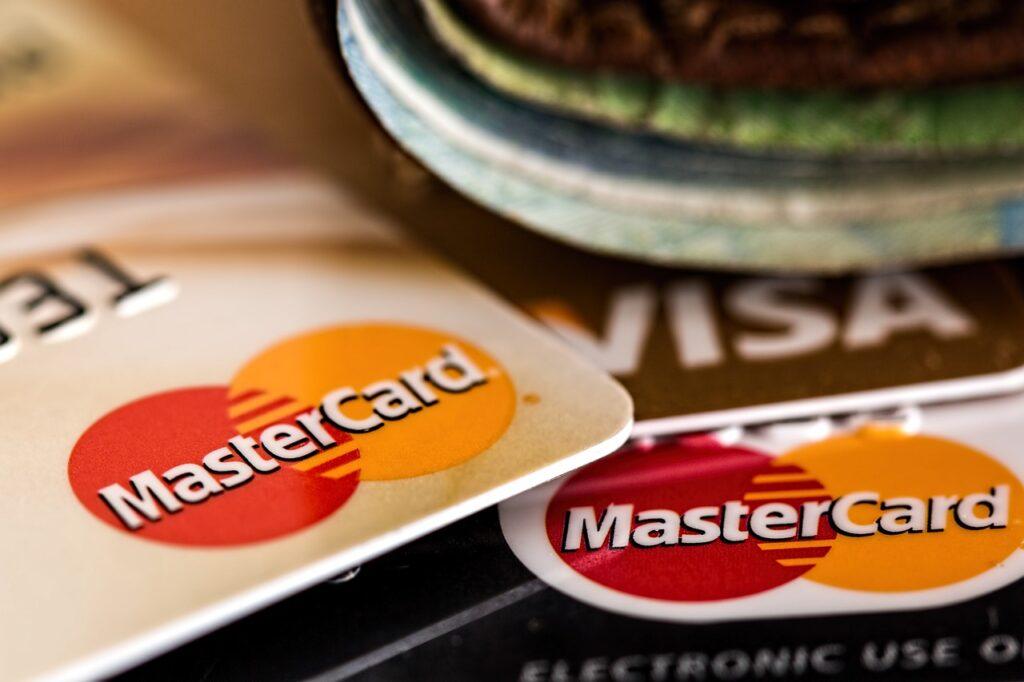Digital payments are taking over in Hungary: we are ahead of the EU average
In Hungary, the proportion of non-cash payments is constantly increasing, which has now exceeded the EU average. In 2023, the proportion of electronic payments increased by 3 percentage points and already accounts for 38 percent of the total payment turnover. This development shows the continuous increase in the popularity of electronic payments, which is a significant step towards the digital economy – reports Portfolio.

However, significant territorial differences can be observed in Hungary in the field of digital payments. In Budapest, 54 percent of purchases are made electronically, which far exceeds the national average. This shows that technological developments and innovation are progressing at a faster pace in the capital, and that the population is also more open to new payment methods.
In contrast, rural regions such as Nógrád and Szabolcs still rely heavily on cash payments. In these counties, three-quarters of purchases are made with cash, which highlights the need to develop digital infrastructure and related education. In order to eliminate regional differences, it is an important task for both government and market players to improve the availability and popularization of digital payment solutions.
The largest part of digital payments is related to in-store purchases, which indicates that electronic solutions are increasingly coming to the fore when purchasing everyday consumer goods. In contrast, bill payments, online purchases and transactions within different sectors represent a smaller proportion.
The rise of electronic payments brings many benefits, such as more convenient and faster transactions, a reduction in cash handling, and a whitening of the economy. At the same time, the digital transition also poses challenges, especially in rural areas, where the infrastructure and the population’s technological awareness are not yet sufficiently developed everywhere.
Related news
Qvik is spreading at an incredible pace and is available at more and more merchants.
🎧 Hallgasd a cikket: Lejátszás Szünet Folytatás Leállítás Nyelv: Auto…
Read more >You can now pay utility bills with qvik
🎧 Hallgasd a cikket: Lejátszás Szünet Folytatás Leállítás Nyelv: Auto…
Read more >NGM and VOSZ cooperation agreement for the security of digital commerce
🎧 Hallgasd a cikket: Lejátszás Szünet Folytatás Leállítás Nyelv: Auto…
Read more >Related news
Circular transition more urgent than ever
🎧 Hallgasd a cikket: Lejátszás Szünet Folytatás Leállítás Nyelv: Auto…
Read more >Ads Interactive Media Group will sell the retail media platforms of Auchan Hungary Kft. stores from 2026
🎧 Hallgasd a cikket: Lejátszás Szünet Folytatás Leállítás Nyelv: Auto…
Read more >Foxfilm teaches entrepreneurs how to make videos
🎧 Hallgasd a cikket: Lejátszás Szünet Folytatás Leállítás Nyelv: Auto…
Read more >







